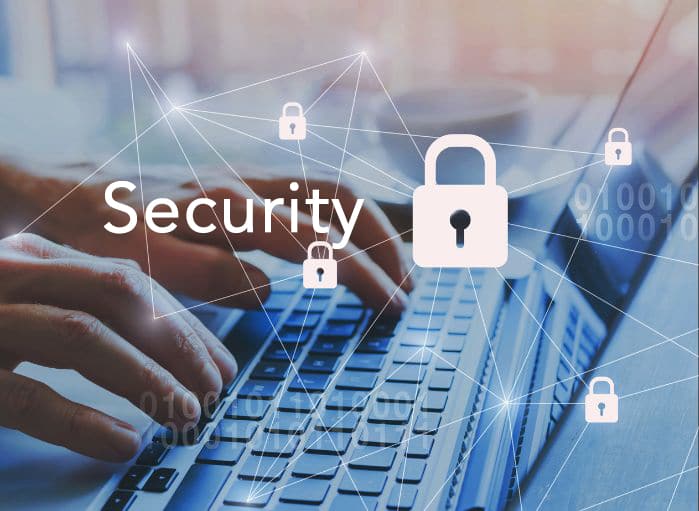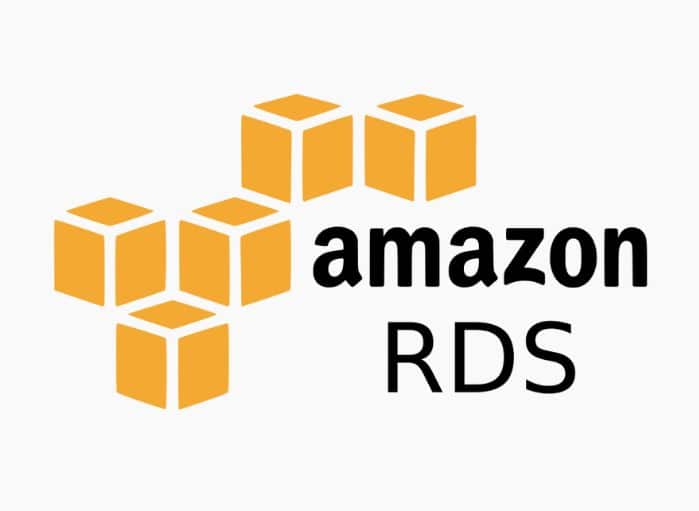
Make No Room for Cyber Security Attacks With Increased Awareness
Tags: Cyber Security,Network Security
eWay Corp April 16, 2019 2 MIN READ

Malware, phishing, and all forms of hacking are only a few of the cyber security threats universally known to all in this digital age. Since the world made room for digital technology, there has been numerous attacks within the cyber space and as more data is brought into the digital medium, security is becoming exponentially more important. This blog has been written to help you better understand what cyber security is, identify some things to watch for and give some insight into options you must strengthen your own cyber security.
What is cyber security? It is the method and practice of protecting computers, mobile devices, electronic systems, networks, servers, and all forms of data from malicious attacks. What exactly are these attacks? These digital attacks or cyber attacks have one objective. It is to access, alter, or altogether destroy sensitive information. Other forms of attacks are aimed at extorting money from online users. Still, others simply want to disrupt normal business processes.
Because of the increase in these cyber-attacks, awareness of cyber security is highly imperative. This does not only apply to company owners and huge enterprises, but also to individual users. Cyber security is also known as information technology security, which applies in various context from business platforms to mobile computing. If you want to preserve your data in the digital platform and keep business operations smooth, you must be wise in your business decisions and implementations. Effective cyber security may be increasingly challenging as hackers also tend to catch up and advance as fast as technology does. Given that nowadays, there are more devices than people, cyber attackers also quickly become innovative. Thus, it pays to know as much as you can about cyber security and its advancements, too.
What does it take to have a successful cyber security system in your organization or personal network? It pays to have multiple layers of protection to have a successful cyber security approach in place. This has to be set up and spread out across computers, networks, programs, data, etc. For it to be effective and successful, the cyber security approach needs to be integrated across the board. This means that all components involved must be aligned and must complement each other to form a strong defense against cyber attacks.
First and foremost, cyber security involves the team – people. All users must have a deep understanding of security principles. Having a good grasp of this empowers them to strictly comply with data security principles. For instance, they would protect information and keep them secure by choosing strong passwords. They would be aware that not all email attachments are safe. They would run a scan before downloading attachments or clicking links in emails. More importantly, they would also back up data, foreseeing worst-case scenarios where an inevitable attack wipes out all valuable data.
Another important thing is to fortify processes against cyber attacks. What some organizations lack is an established framework on how to deal with both attempted and successful cyber attacks. Foresight is everything. You cannot simply stand by and assume these attacks won’t happen to you. Keep in mind that complacence opens the doors wide to attackers. So, put together a well-established framework to guide you in cases like an attempted attack or a successful one at that. Once you have an established framework, you can identify attacks or attempts. You enable yourself and your team to detect and respond to threats, protect your systems, and bounce back from successful attacks.
Do not forget to consider your technology as it may very well be used against you. While technology empowers you, it may also bring you peril. Make sure you position your technology such that it protects your assets and not pose a threat to your business. Technology is the source of computer security tools you need to protect your system from cyber security attacks. You are primarily protecting your receiving or endpoint devices. This includes computers, mobile devices, and routers. Are these secure? Did you establish proper authentication and set up secure passwords? Is your network safe from phishing attacks? Today, innovative technology protects these devices, your network, and even your cloud data. These technologies include next-generation firewalls, DNS filtering, malware protection, antivirus software, and email security solutions.
FAQ: What are the commonly known cyber security threats that frequently impact businesses today?
In today’s digital world, everyone and everything has the capability to connect. This great power, like anything in this world, comes with a trade-off. While everyone may enjoy the benefits of advanced cyber security programs, there are also lots of cyber security attacks. These can result in serious damage from identity theft, extortion, and loss of important data, such as family photos and company information. Cyber threat experts constantly investigate new and emerging cyber security threats. These investigations reveal new vulnerabilities. This is how we become aware of the evolution of cyber attacks, so we can strengthen our cyber security tools.
Some of the common threats today are ransomware, malware, social engineering, and phishing. These big four poses impacting harm.
Ransomware is malicious software created for the purpose of extorting money. It blocks access to files or systems until the ransom is paid. Clever, isn’t it? What’s worse is that paying the ransom still does not guarantee recovery of the files or restoration of your system in normal working order.
Malware, which is more widely known compared to ransomware, is basically designed to gain unauthorized access to a computer or system simply to cause unwanted damage.
Then there’s social engineering. This tactic is used to trick you into providing access to or revealing sensitive information. Attackers may gain access to confidential data. If you see links, attachments, or even just an email from an unfamiliar source, stay away from it until you have confirmed it is safe to open. More often than not, it may be a form of social engineering or malware attack.
Finally, there’s phishing. Fraudulent emails that look like they come from trusted sources may just be a form of phishing. These attackers aim to steal sensitive data such as login information or even credit card data! Phishing is ever perennial and perhaps one of the most common forms of cyber security attacks. Being aware is your number one way of protecting your network from phishing. Filter emails from unknown sources and never open them unless you are 100% sure they are safe.
What eWay Corp says about Ensuring Security Online
With the advent of so much technology and the fast-paced innovations, the adverse of all these is the increase in security threats and attacks. Always be increasing awareness of the bad stuff. The only way to deal with a problem successfully is to anticipate it and implement studied techniques in managing and overcoming it. A great technology partner can support you and shed light on things that may not be all too familiar to you. Keep your network and data safe. Obtain advice from the technology partner that focuses on your specific needs and not the generic ones. Call us at our toll-free number, 877-487-3929, or visit our website for inquiries on our services. For consultations and appointments, you are welcome to drop by our offices in Johnston, IA, Boca Raton, FL, and New York, NY.



